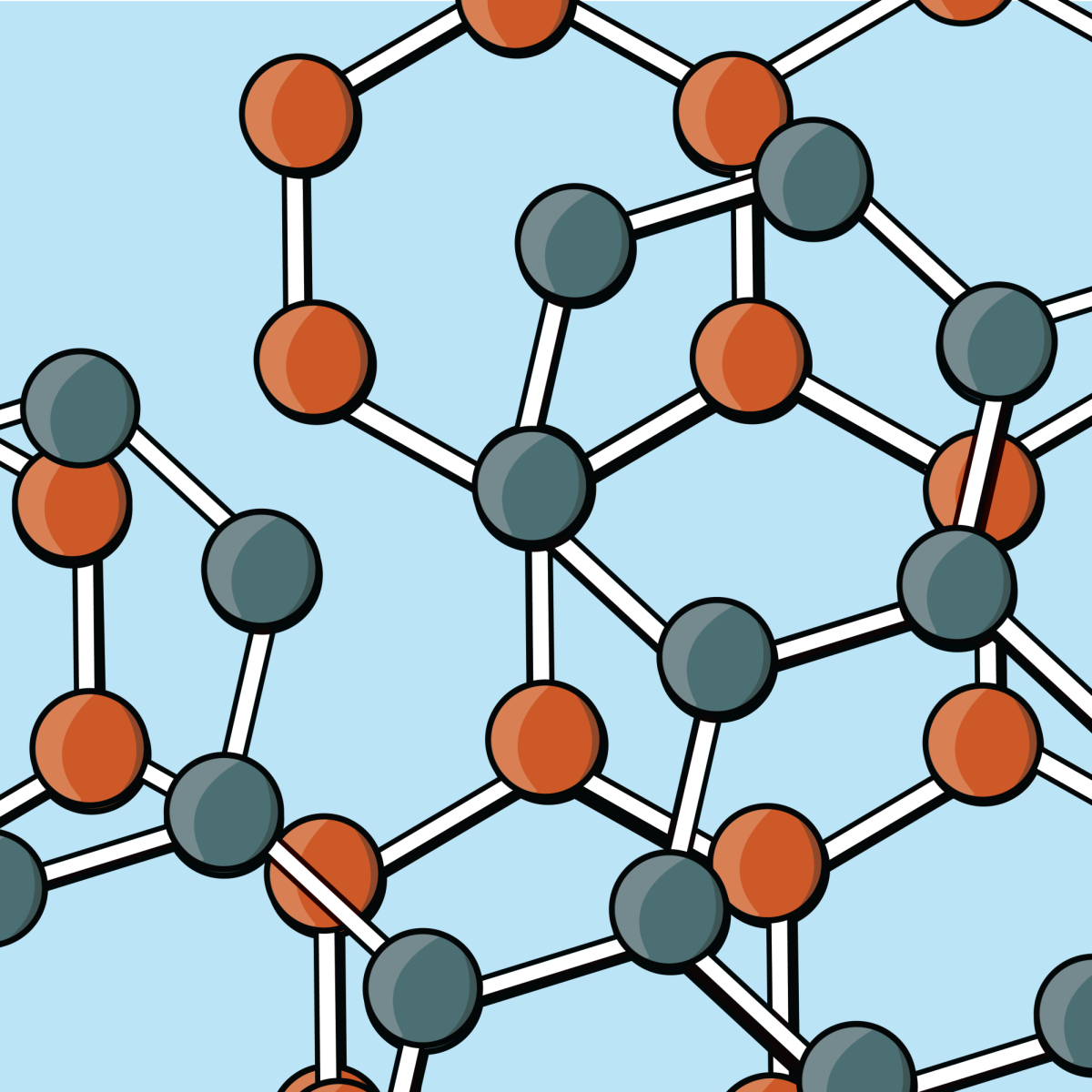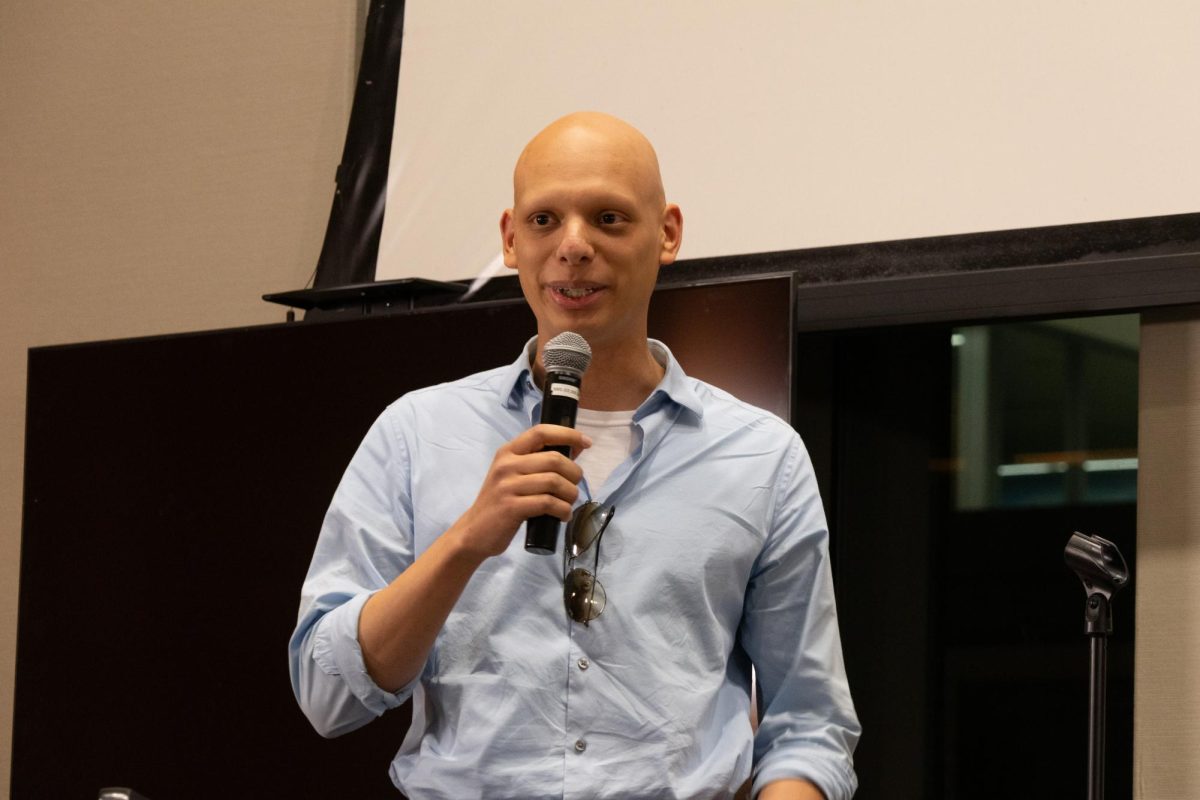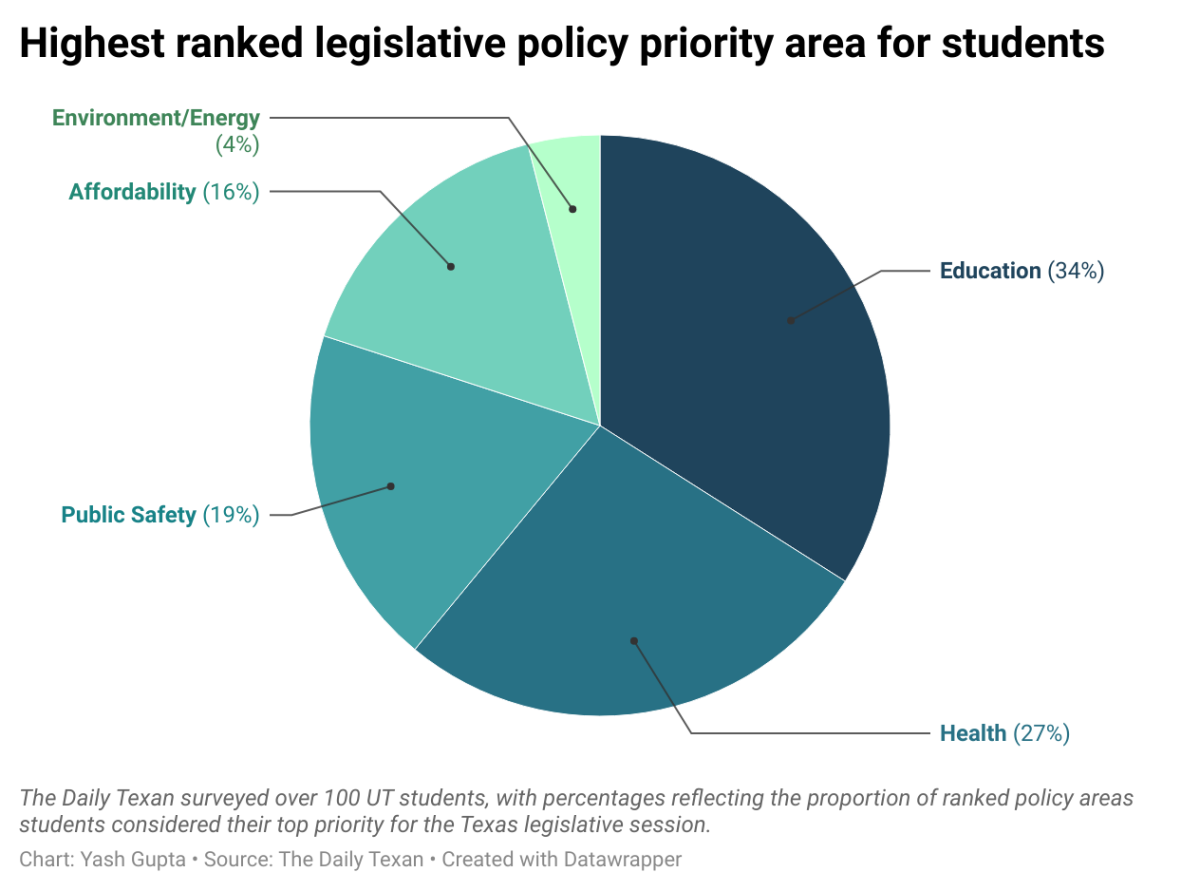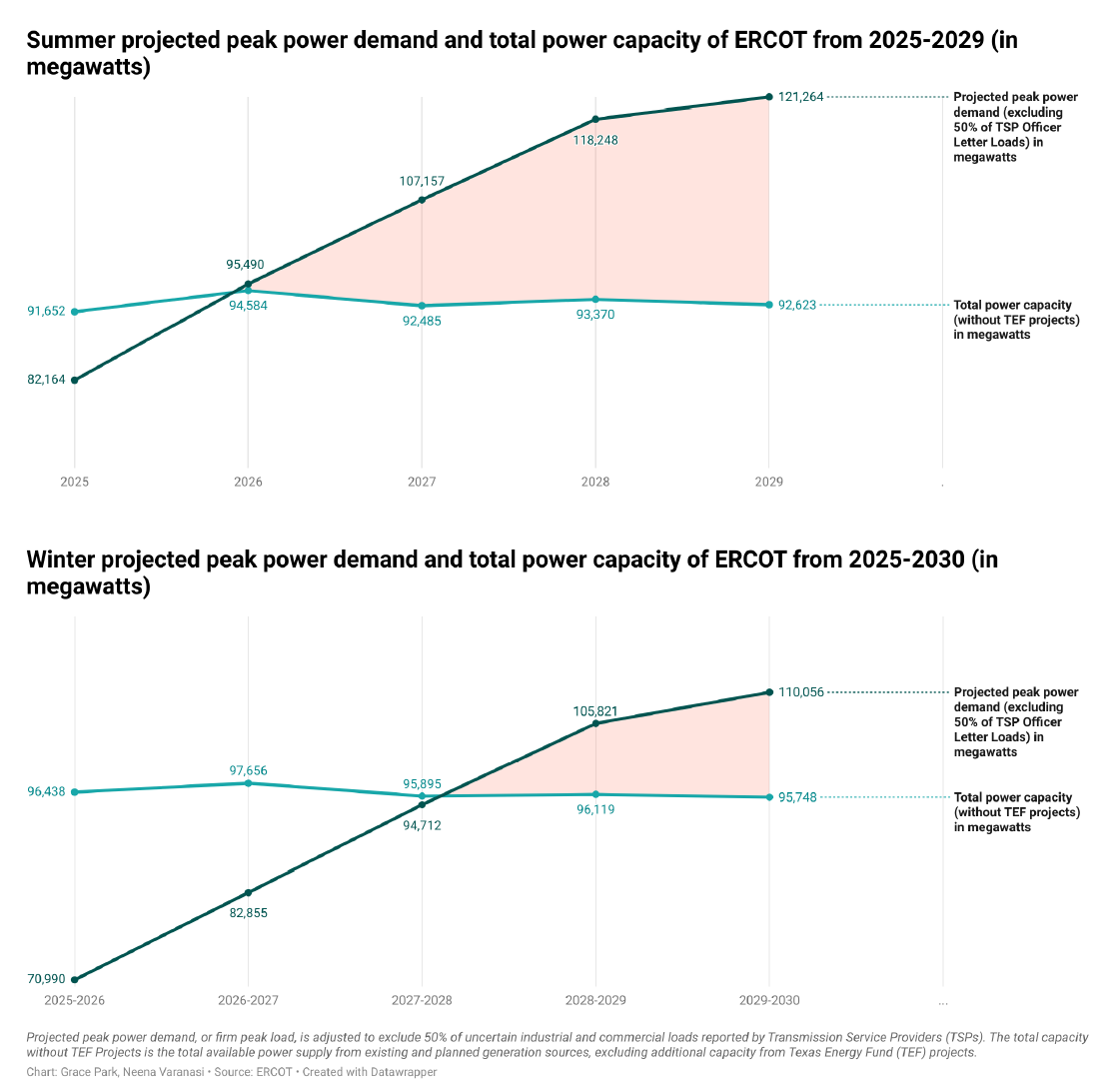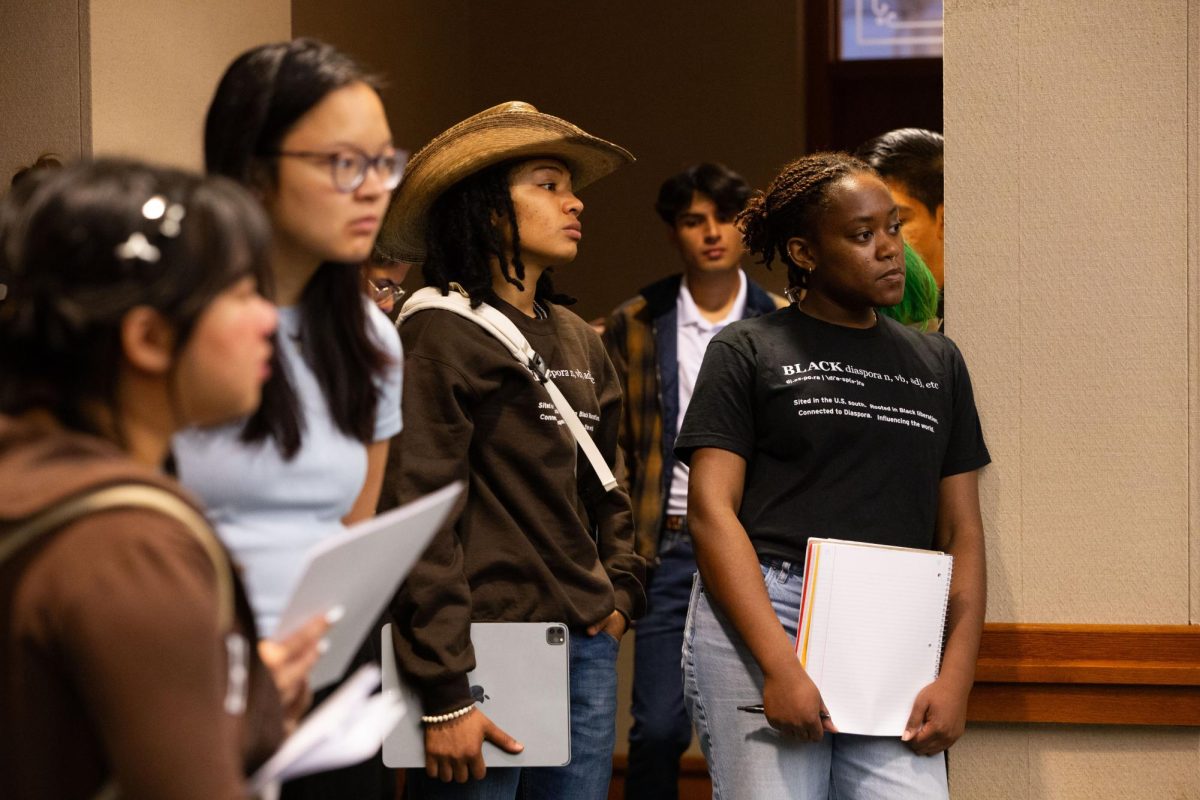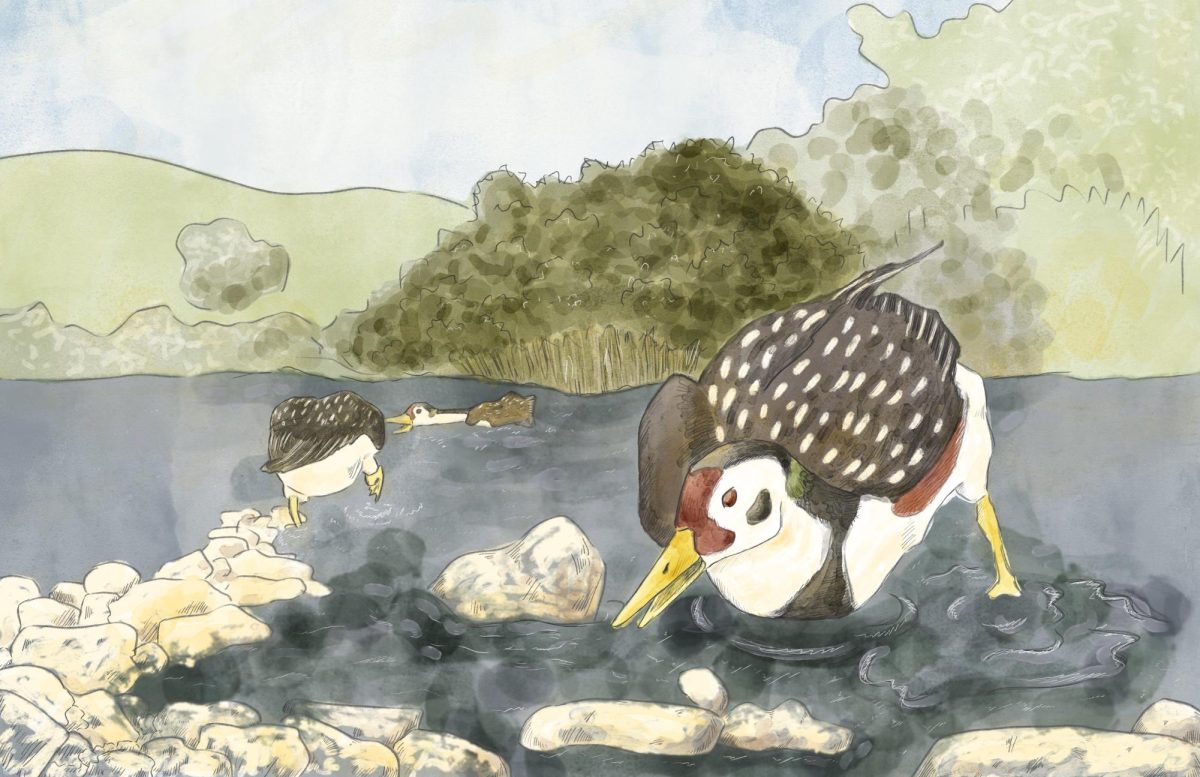Awarded at the beginning of the summer, the National Science Foundation gave $18 million in funding to the Center for Dynamics and Control of Materials at UT, one of 20 Materials Research Science and Engineering Centers across the country.
The funding will go toward advancing research into two types of materials: adaptive and moiré. One effort focuses on advancing the development of adaptive materials, which can change their properties based on input from their environment, said Adrianne Rosales, an assistant chemical engineering professor.
“One cool thing that I was especially interested in is taking some inspiration from biology, because biology is full of adaptive materials that can change properties in response to external cues,” Rosales said. “A stimulus … could be something like temperature, it could be change in pH, it could be in response to another molecule. When that molecule is present, the material takes on a new form, therefore, a new structure, and has new properties as well.”
Rosales said researchers are not focused on finding one particular application for the materials, but looking into ways the materials can adapt to fit a range of needs.
“If you have one set of starting building blocks, depending on the environmental inputs they receive, they can take on different forms and functions,” Rosales said. “Leveraging that multiplicity responsiveness saves you on having to redesign a whole new class of materials for each distinct application.”
The second research project looks into moiré materials, which form when thin layers of atoms are stacked on top of one another and are twisted, said Emmanuel Tutuc, an electrical and computer engineering professor. The funding will go toward finding the best applications for these materials.
“These materials remain emerging materials, and they haven’t an application in something that you could go and buy at Best Buy or in any other electronic store,” Tutuc said. “These remaining emerging materials have interesting properties, but they’re still at a level that they have not displaced existing technologies.”
In addition to helping advances in the lab, Rosales said the funding will also help educate a wider range of people about material sciences.
“A big component of this research center is the science and advancing into these really cool new areas of fundamental materials research, but we also have a lot of programs to open up research opportunities to different levels of trainees,” Rosales said. “We’re excited to increase the range of materials research here at UT.”

